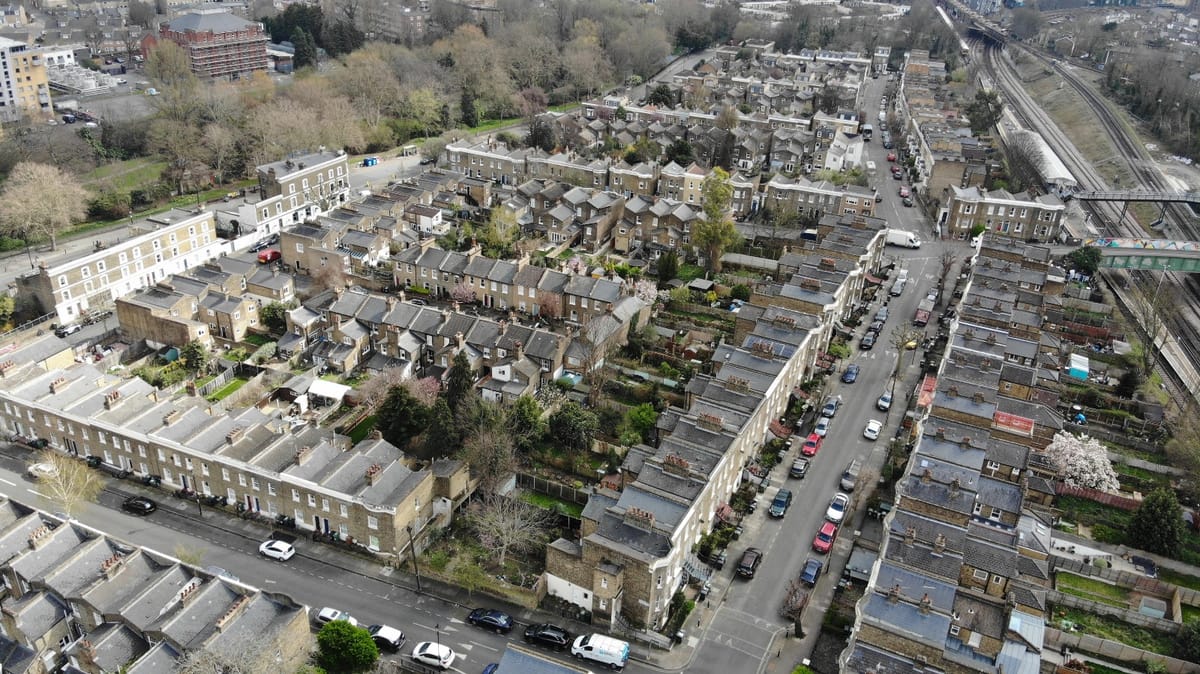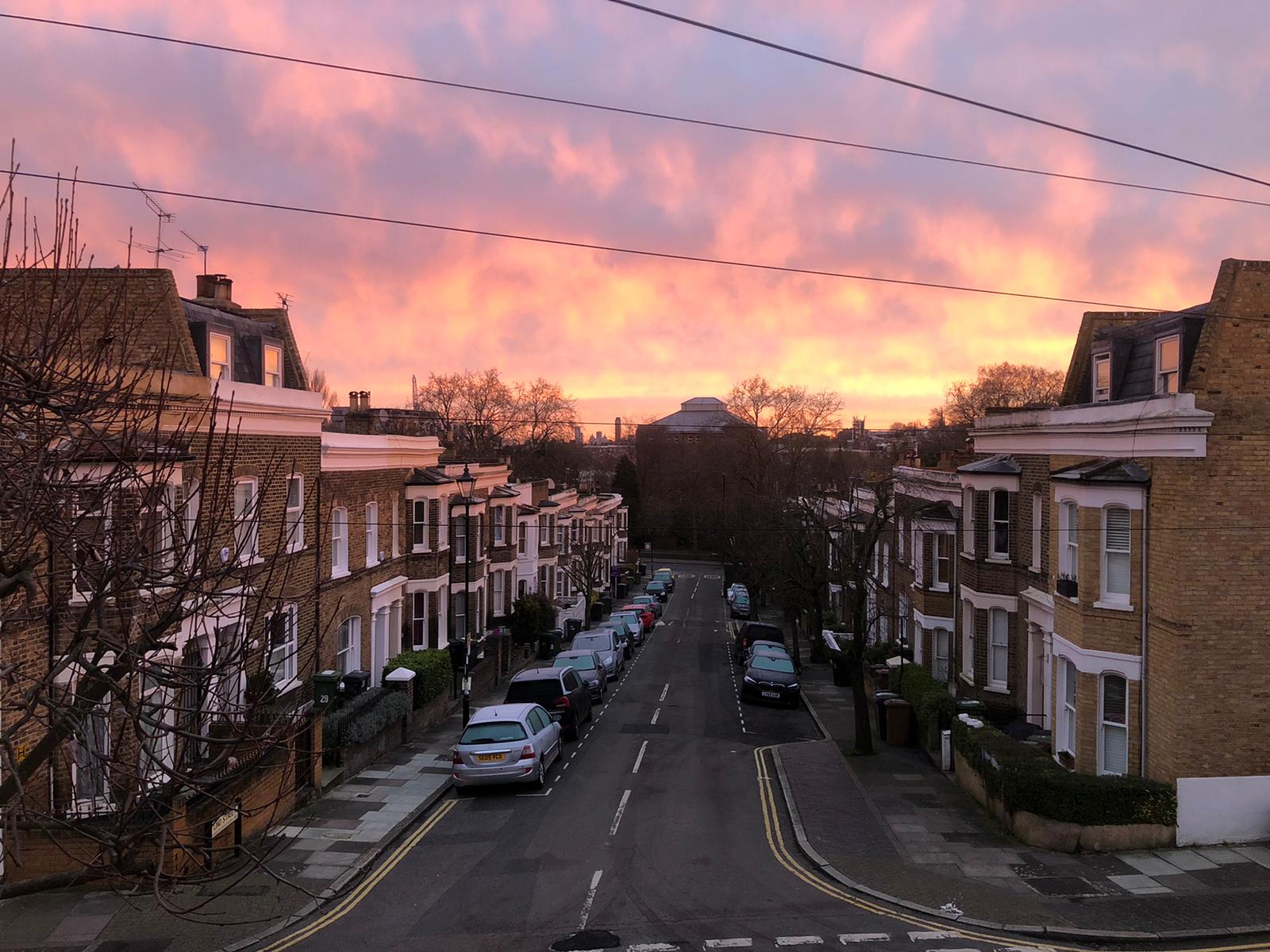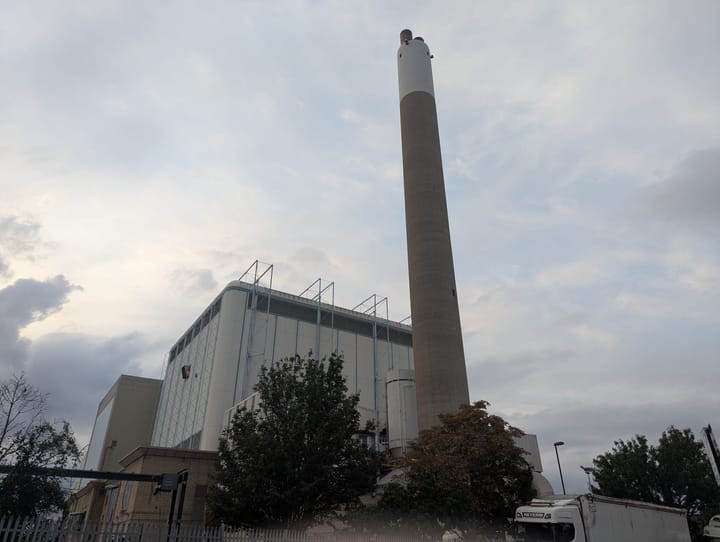London homes at "acute risk" of overheating - can we adapt fast enough?
UK Green Building Council (UKGBC) modelling found 6m homes in London and the south east are likely to face 2 weeks of extreme indoor heat annually, while schools will swelter through 10 weeks. Are our homes, workplaces and public buildings fit to protect us?

The UKGBC launched its climate resilience roadmap on 1 July, warning that London is at acute risk of overheating due to its southern location, the urban heat island effect and the high number of small "single-aspect homes with limited access to green space.”
Single aspect homes have openable windows on only one side, which can cause issues with ventilation, light, noise and air pollution.
The report found six million houses and flats in London and the south east will be facing two weeks a year with indoor temperatures in excess of 28°C, while schools are expected to face 10 weeks of extreme overheating risk.
It found care homes suffering indoor temperatures in excess of 28C for four weeks per year while healthcare buildings, including hospitals, are likely to face two weeks per year.
These predictions are based on the "low future warming scenario" of 2C warming by 2100; most climate scientists believe that we are not yet on course to achieve 2C and that warming and its climate impacts will be worse.
"Our homes are our frontline defence," the UKGBC argues. "Homes, workplaces and public buildings must be understood as the first line of protection in a changing climate."
The report was developed with multiple partners including Lloyds Banking, insurance company Zurich and engineering giant Arup.
It calls for a Cabinet office and Minister for resilience, higher standards for new buildings to protect against climate hazards and a national retrofit strategy for existing homes and buildings.
It also calls for government to create "a new generation of green professionals" to deliver this work.
UKGBC emphasises that resilience work must go along in parallel with reducing emissions to net zero and that both are urgent and necessary for a liveable future.

Nick Blomstrand, architect and campaigner, argues that planning policies need to be brought up to date to support retrofit, even in conservation areas.
"There's a very important debate to be had about historic vernaculars built for a different Britain which had a very different climate," he said.
He gave the examples of external insulation, external blinds, visible solar panels and well-insulated loft extensions, "these are measures that homes need, but conservation or even 'preservation' groups attempt to thwart these efforts".
Blomstrand deplores the "highly flawed Victorian invention" of the London "butterfly roof", preserved in conservation areas across Lewisham.
"It has a central and inverted gulley in the centre of the roof's plan, hidden behind a decorative parapet at the front. These roofs leak and are famously impossible to insulate," he says.
He points out that as climate change causes more frequent heavy downpours, the central gutters are more likely to fail, resulting in rainwater overflowing into the building.
"We urgently need to adapt buildings for the current and future climate, if they are to avoid obsolescence."
If you would like to comment, please contact our "letters page".



